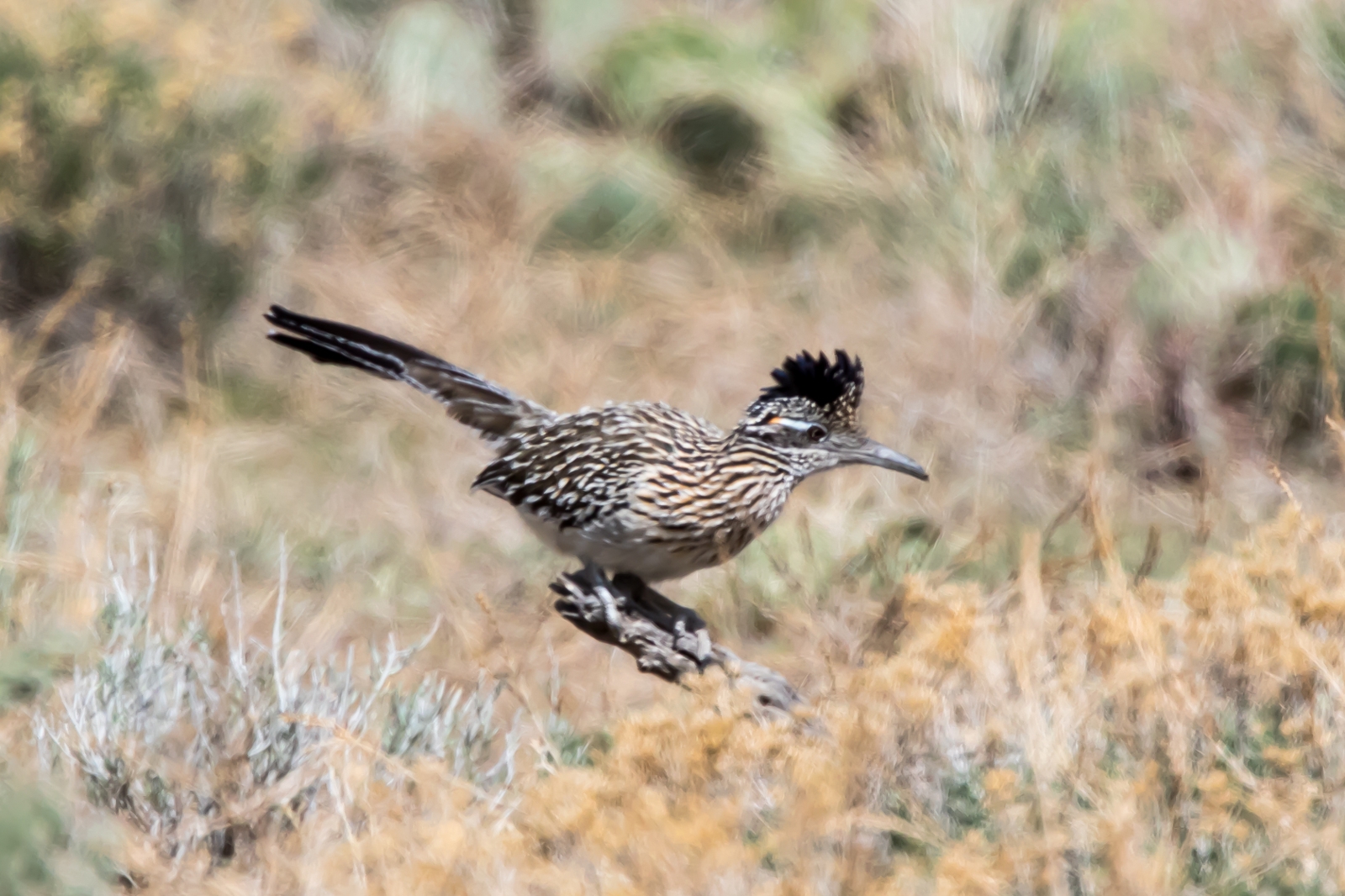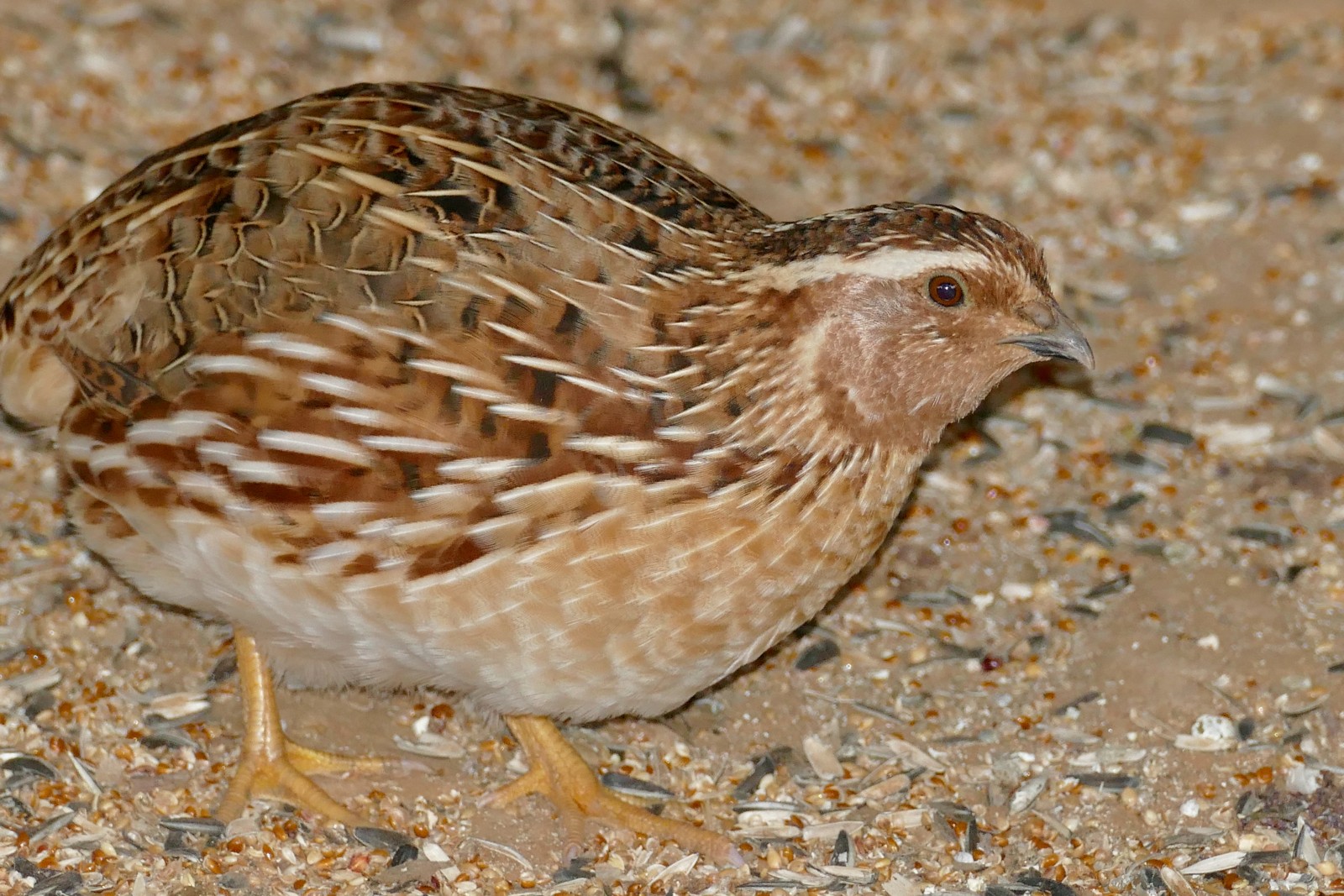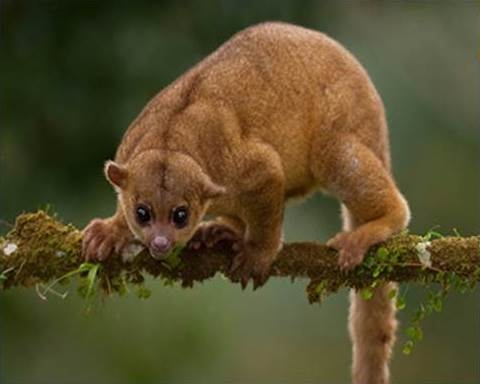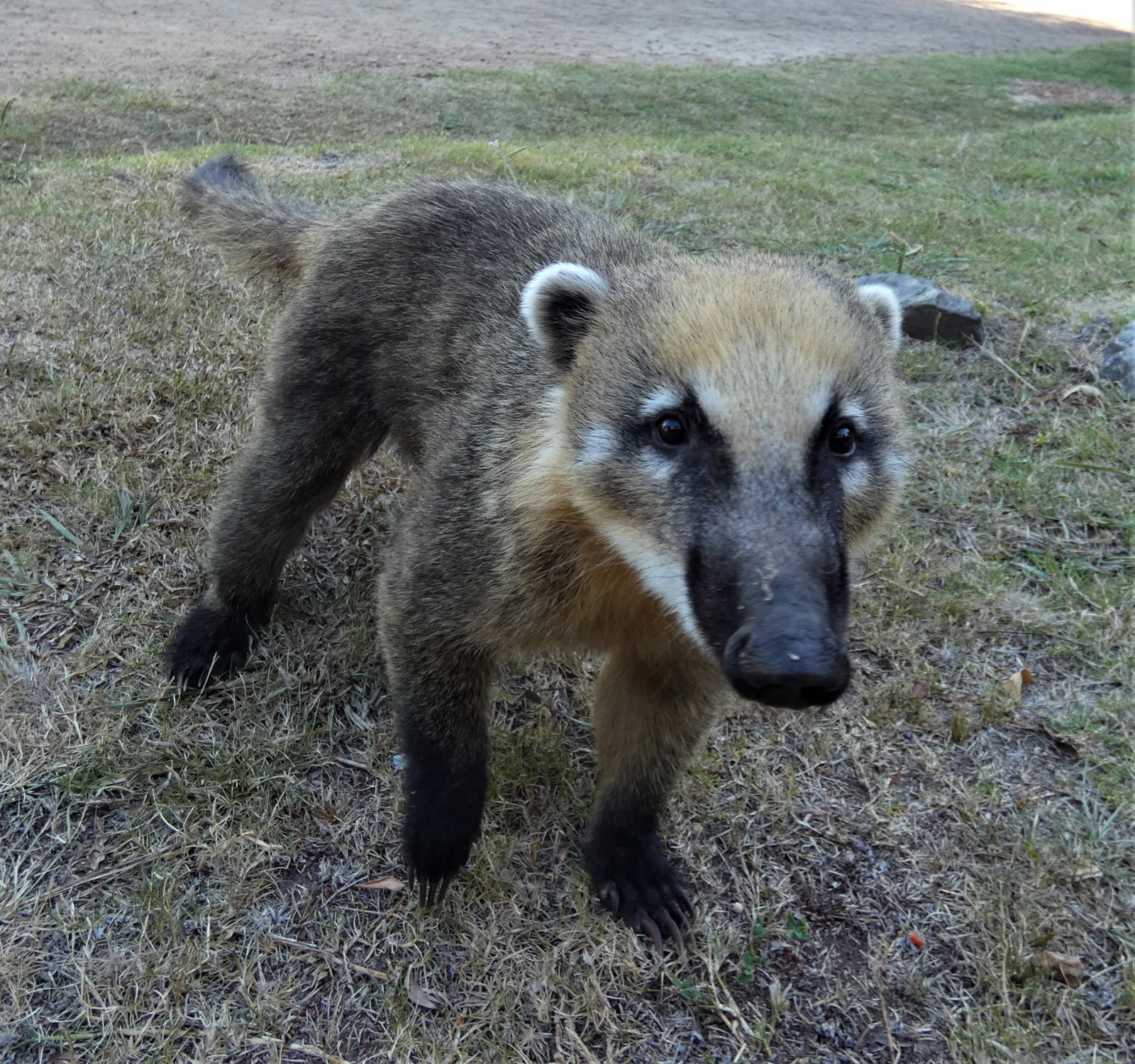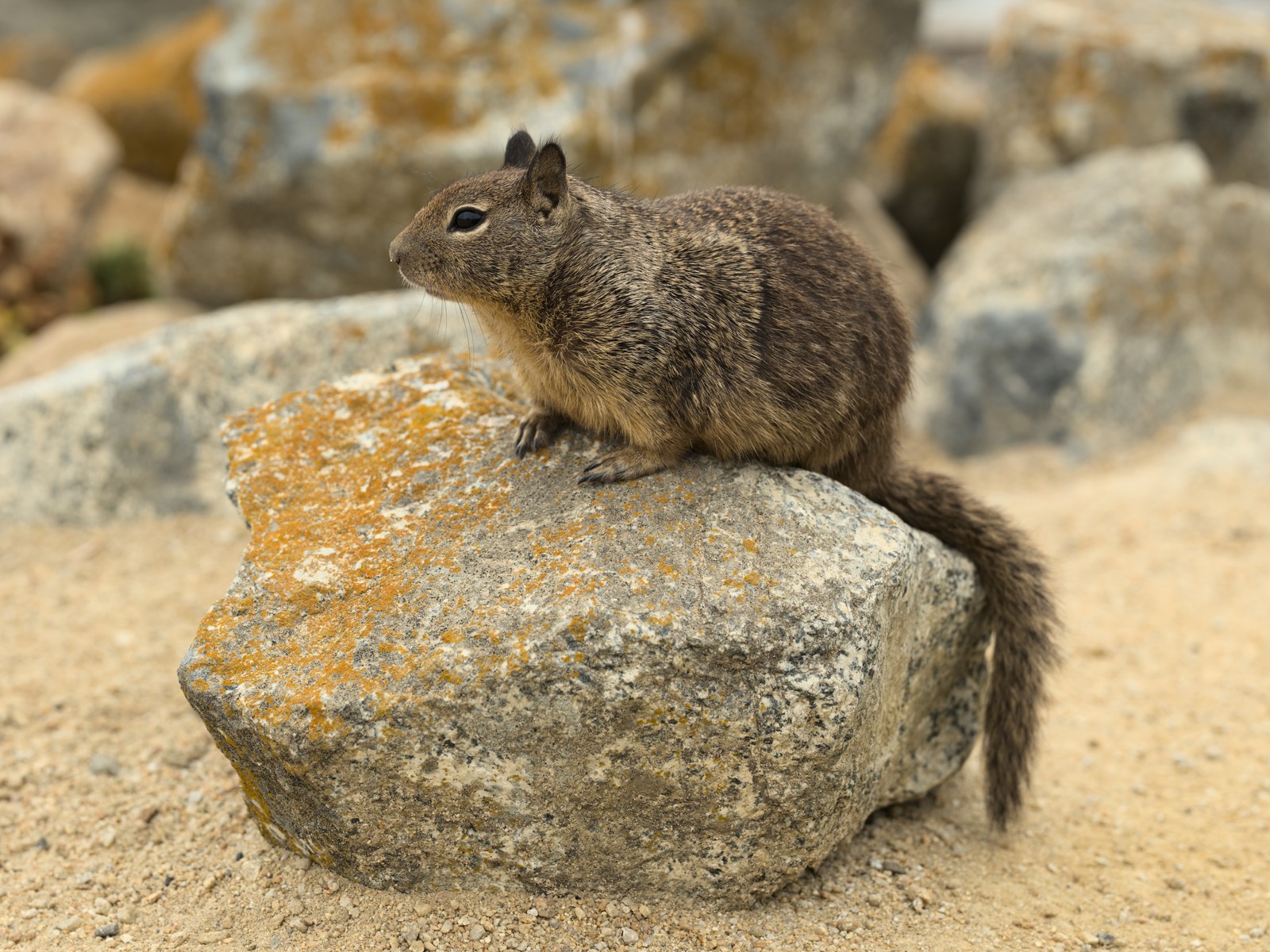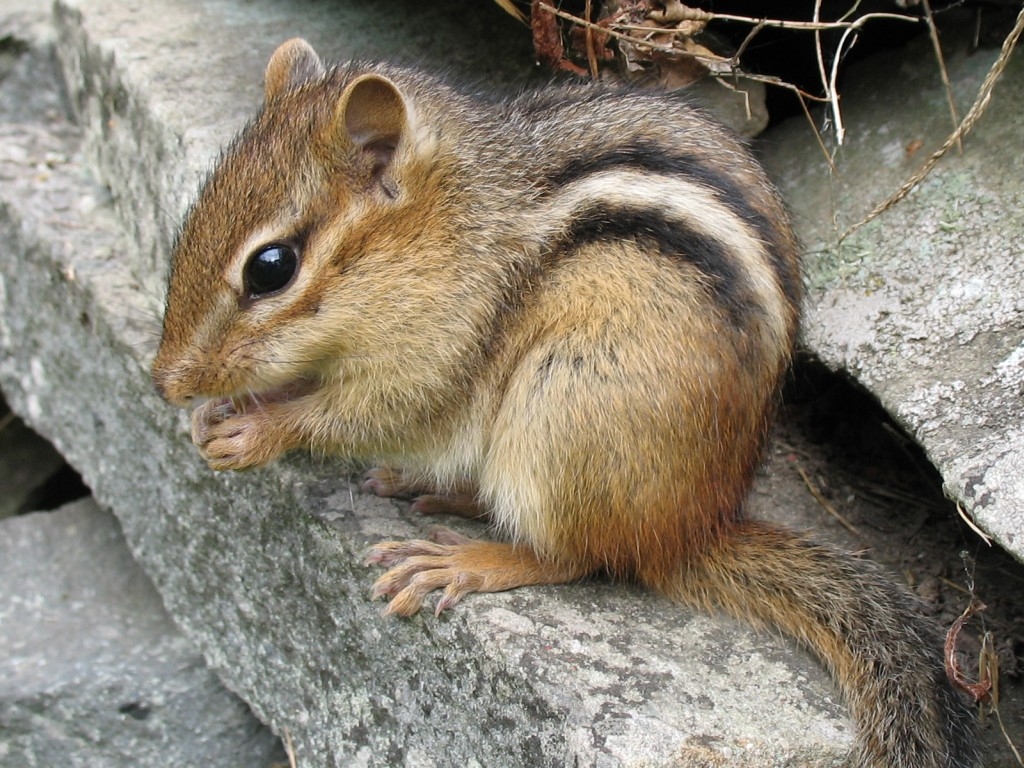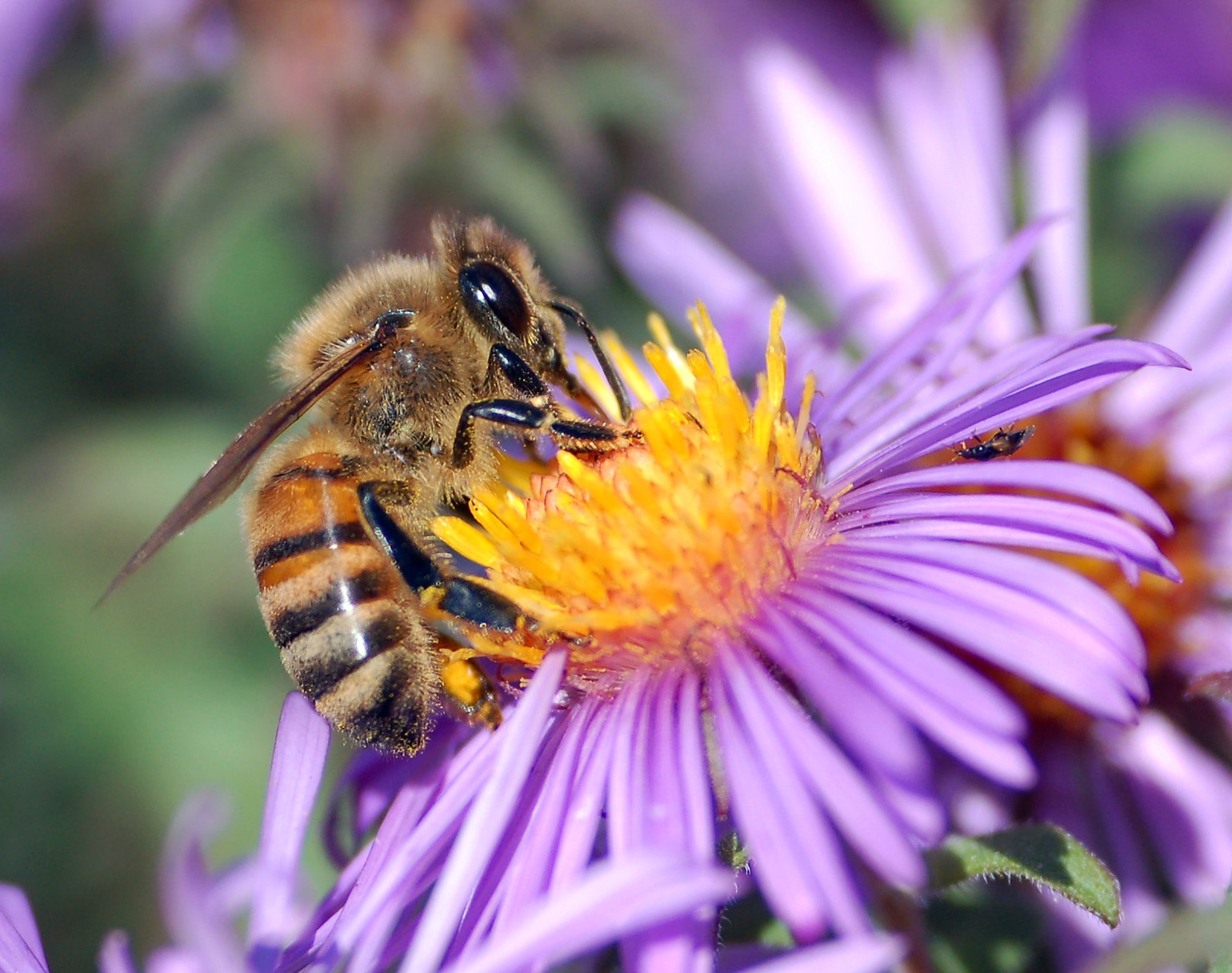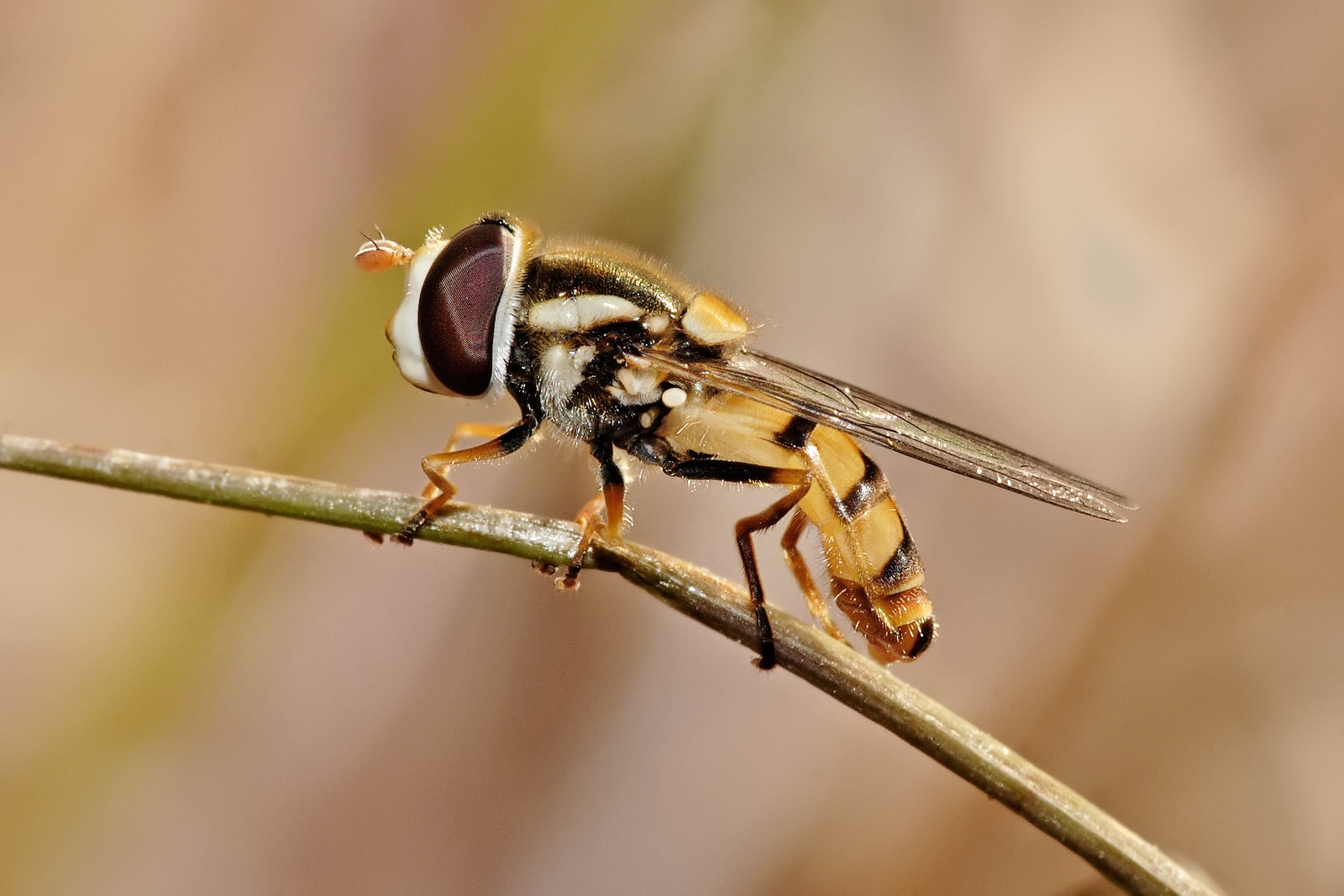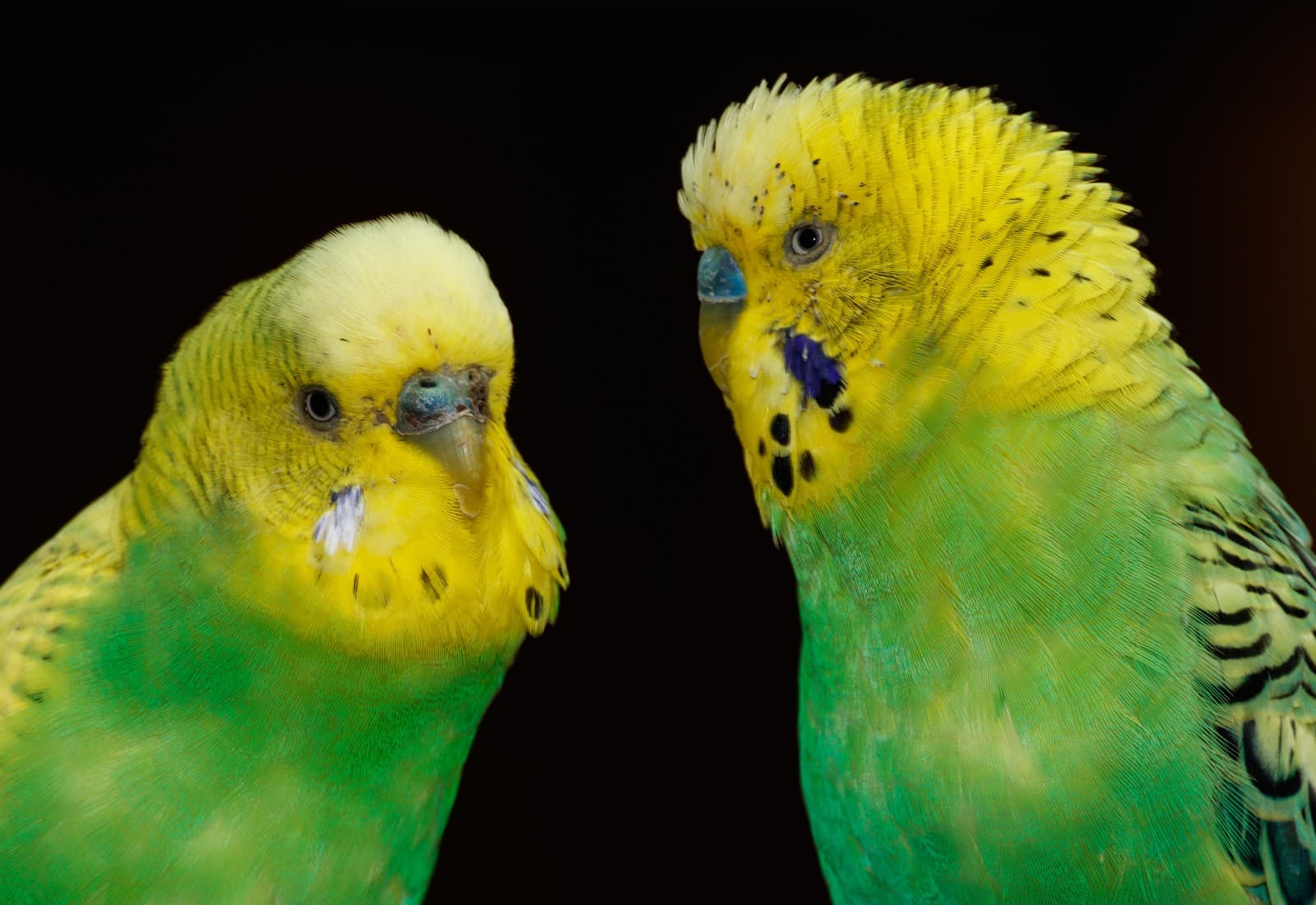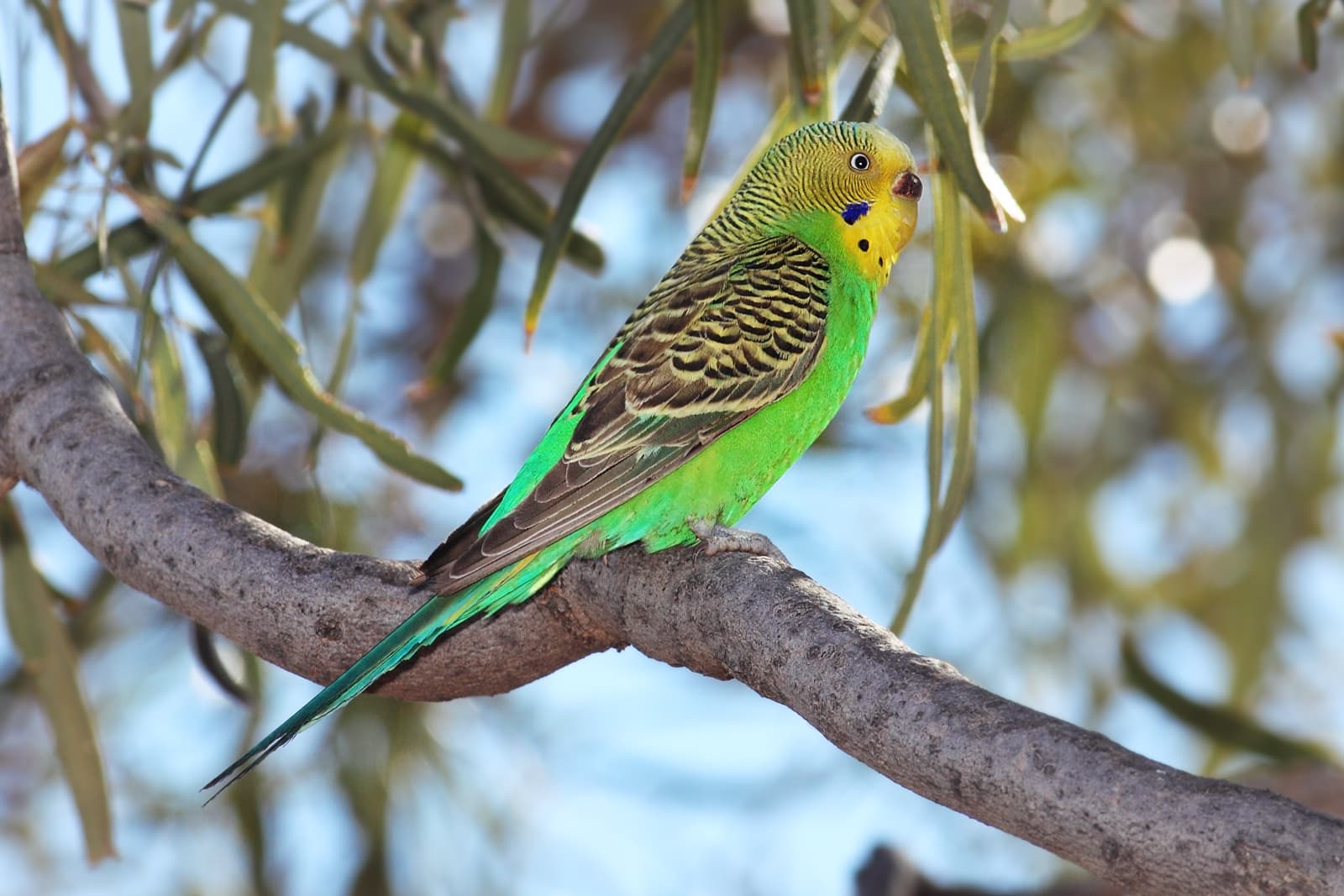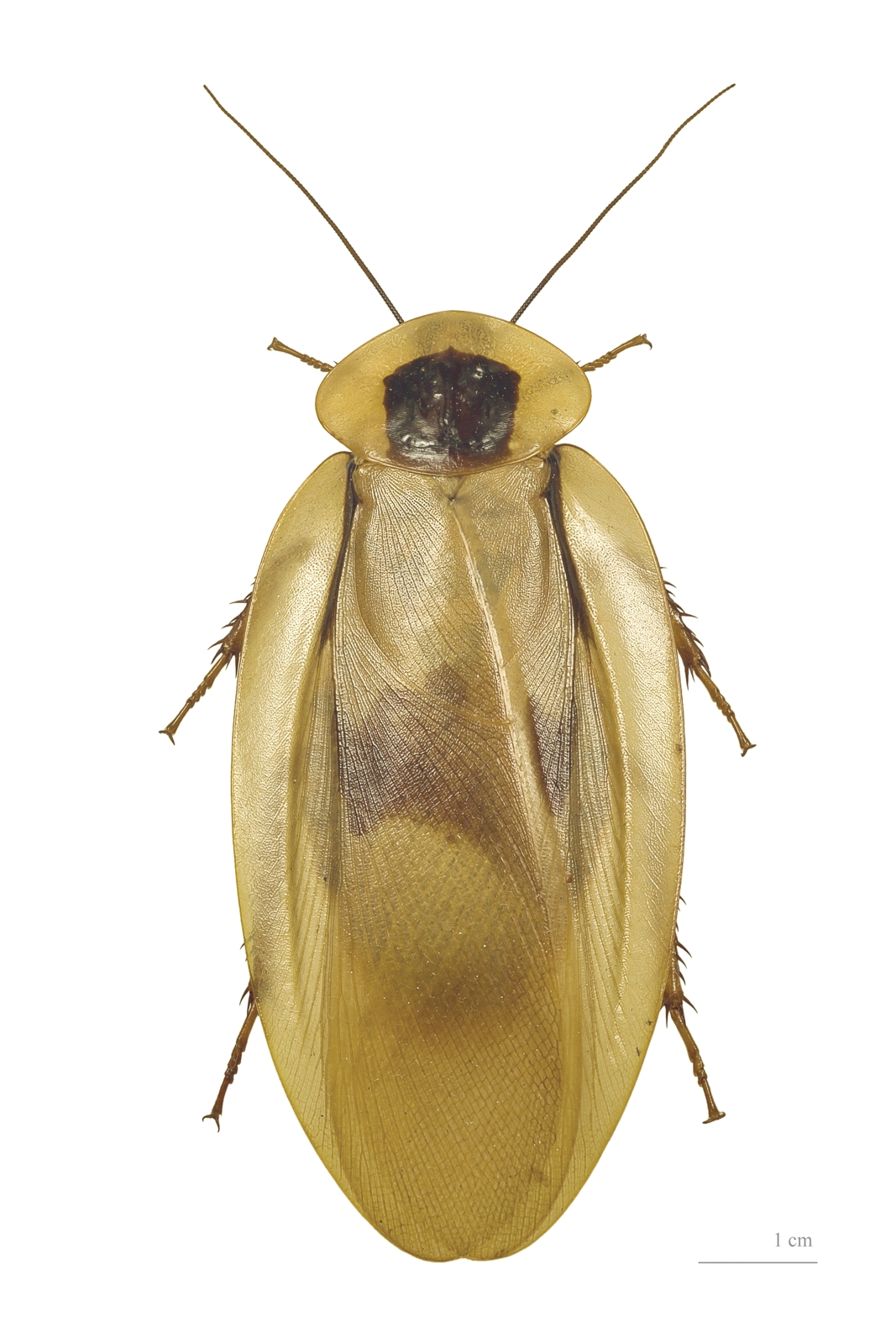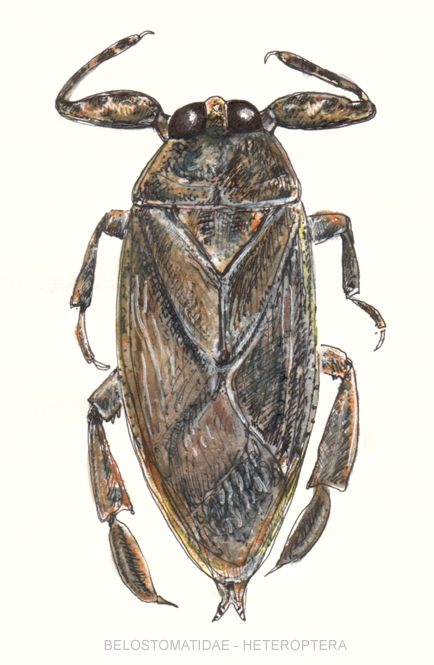Quail vs Partridge: A Complete Comparison
While quail and partridge might appear similar at first glance, these ground-dwelling game birds have distinct characteristics that set them apart. Quail are generally smaller, weighing 3-7 ounces (85-200g), while partridges are more robust, typically weighing 12-20 ounces (340-567g). Both belong to the family Phasianidae, but their evolutionary paths and adaptations have led to notable differences in behavior, habitat preferences, and physical characteristics.
The most immediate distinction between quail vs partridge lies in their size and social structure. Quail tend to form larger coveys of 20-30 birds, while partridges usually stick to smaller family groups of 6-15 individuals. These differences reflect their distinct survival strategies and habitat adaptations across various global regions.
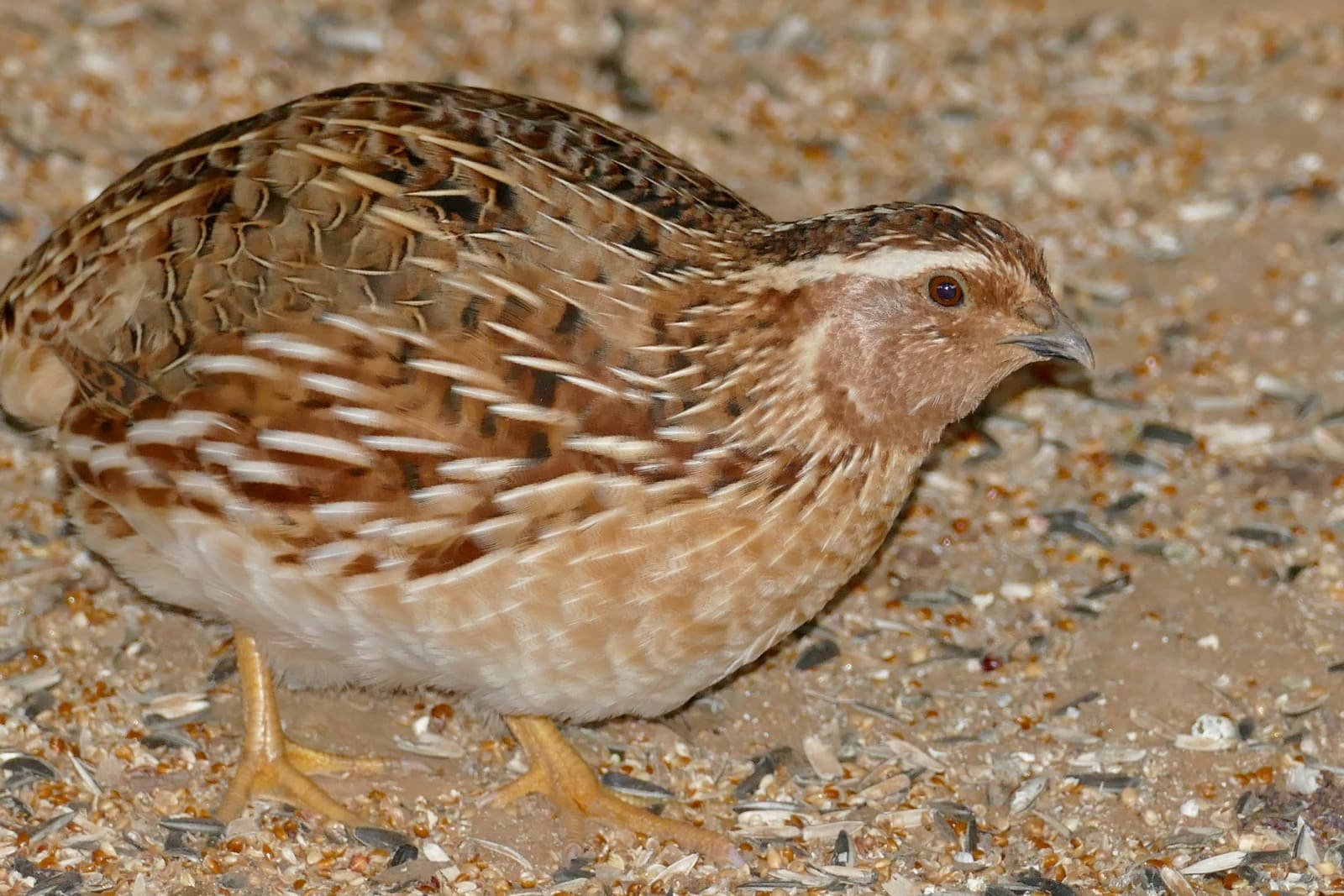
© Bernard DUPONT from FRANCE / CC BY-SA 2.0
The Northern Bobwhite Quail exemplifies the compact, rounded body shape characteristic of quail species. Note the intricate feather patterns and smaller size compared to partridge species.
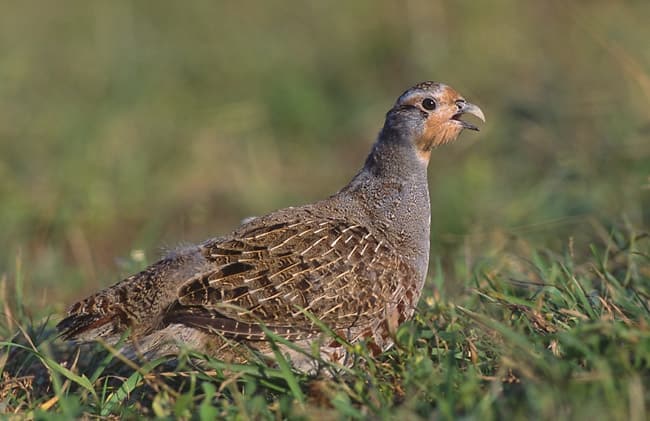
© / CC BY-SA 3.0
The Gray Partridge shows the larger, more robust build typical of partridge species, with distinctive plumage patterns and coloration that differ from quail species.
Key Differences Between Quail and Partridge
| Feature | Quail | Partridge |
|---|---|---|
| Size | 6-8 inches (15-20 cm) | 12-14 inches (30-35 cm) |
| Weight | 3-7 oz (85-200g) | 12-20 oz (340-567g) |
| Social Structure | Large coveys (20-30 birds) | Smaller family groups (6-15 birds) |
| Flight Distance | Short bursts up to 100 yards | Can sustain flight up to 1/4 mile |
| Clutch Size | 10-16 eggs | 8-15 eggs |
| Lifespan | 2-4 years | 3-5 years |
Habitat and Distribution
Quail and partridge species have evolved to thrive in different habitats. Quail are more adaptable, found in diverse environments from desert scrublands to agricultural fields across the Americas, Asia, and Africa. Partridges prefer more temperate regions, particularly in Europe and Asia, favoring open grasslands and agricultural areas with sufficient cover.
Behavioral Differences
The behavioral patterns of these birds reflect their evolutionary adaptations. Quail are known for their explosive, short-distance flights when startled, typically covering distances of 100 yards or less. Partridges, while still primarily ground-dwelling, can sustain longer flights and often use this ability to escape predators, capable of flying up to a quarter mile when necessary.
Breeding and Reproduction
Both species show distinct breeding behaviors:
-
Quail:
- Earlier breeding season (spring)
- Multiple broods possible per year
- Faster maturation rate
- Higher annual reproduction rate
-
Partridge:
- Single breeding season
- One brood per year
- Longer parental care period
- Stronger pair bonding
Conservation Status and Threats
Both quail and partridge populations face challenges from habitat loss and modern agricultural practices. While neither group is generally considered threatened, certain species within each category face significant pressures:
- Habitat fragmentation
- Agricultural intensification
- Climate change impacts
- Hunting pressure in some regions
Which Is Better for Game Hunting?
When comparing quail vs partridge for sporting purposes, each offers unique challenges:
- Quail provide fast-paced hunting with frequent flushes
- Partridge offer more predictable patterns but require different hunting strategies
- Both are valued for their meat, though partridge generally provide more meat per bird
Culinary Differences
From a culinary perspective, both birds are prized game meats, but they offer different experiences:
- Quail meat is more delicate and sweet
- Partridge has a richer, more complex flavor
- Portion sizes differ significantly due to size variations
- Different cooking techniques are optimal for each species
Understanding these differences between quail and partridge helps both wildlife enthusiasts and hunters appreciate the unique characteristics of each bird. While they share some common features as ground-dwelling game birds, their distinct adaptations and behaviors make them fascinating subjects for study and observation in their natural habitats.
